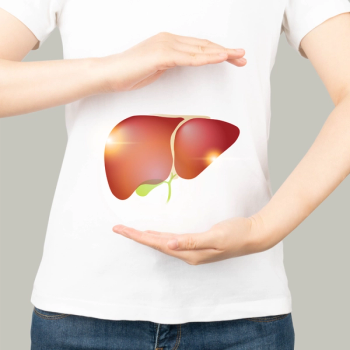
Weighing Costs and Consequences of Cancer Care Settings
A recent study found that the cost to patients with breast, lung and colorectal cancers treated in the hospital outpatient setting was nearly $8,000 more than those treated in the community setting.
It’s no surprise that the cost of cancer care is expensive. In fact, in 2014, roughly $87.8 billion were spent in the United States on cancer-related health care, according to the Cancer Action Network.
The hefty bill was paid by employers; insurance companies; taxpayer-funded public programs, such as Medicare and Medicaid; and patients with cancer and their families.
So, how do those costs vary in the hospital outpatient setting compared with independent, community oncology practices?
A recent study presented during a webinar held on Nov. 16 and hosted by the Community Oncology Alliance and Oncology Business Review explored the cost and outcome of differences between patients.
Researchers used matched analysis of patients with breast, lung and colorectal cancers treated in the hospital or community setting with chemotherapy, radiation and/or surgery. The study began in 2010 and was completed in 2016.
Data from more than 6,000 patients — 4,450 in the community setting and 2,225 in the hospital setting — were examined. Most of the patients were women (each cohort, 81 percent). The researchers noted this higher percentage is due to the fact that breast cancer is a prominent disease and seen more often in women.
The median age of patients in the community setting was 56 years compared with 54.9 years in the hospital setting. More than half (55 percent) in both groups had a metastatic condition.
“The bottom line is that all the specific characteristics are very similar to both sides of the populations analyzed — the community versus the hospital-based,” said Lucio Gordon, M.D., medical director, Division of Quality and Informatics, Florida Cancer Specialists & Research Institute in Gainesville. “So, there was not anyone getting more treatment, no one was sicker. Everything was really well balanced.”
The researchers determined that cancer care delivered in the hospital outpatient setting is much more expensive than in the community setting.
Overall, the mean cost of care per patient per month in the community setting was $12,548 compared with $20,060 in the hospital setting — a difference of nearly $8,000. All of the areas studied were more expensive in the hospital setting such as chemotherapy, radiation, physician visits, emergency department visits and total pharmacy costs.
In addition, patients who were treated in the hospital outpatient setting had higher rates of emergency department visits.
“An important piece of information that we got from this study is that as far as the percentage of emergency department visits within 72 hours, the community practice had 28 percent less in three days post-treatment compared with the hospital setting,” Gordon said.
Emergency Department visits within 10 days post-chemotherapy was 18 percent lower in the community setting.
Gordon noted many complexities involved in cancer care that can affect cost.
“We are using more biomarkers. There is more use of molecular drugs to take care of our patients,” he said. “These tests are not necessarily inexpensive. They may require re-biopsy. So, these are things that can add to cost.”
What concerns Gordon and colleagues most is the rapid shift from community based oncology practices to hospital-acquired facilities.
“We are seeing explosions of cost, which is not sustainable,” he said. “There is no way this can continue without causing a tremendous amount of suffering for taxpayers, patients and the communities.”




